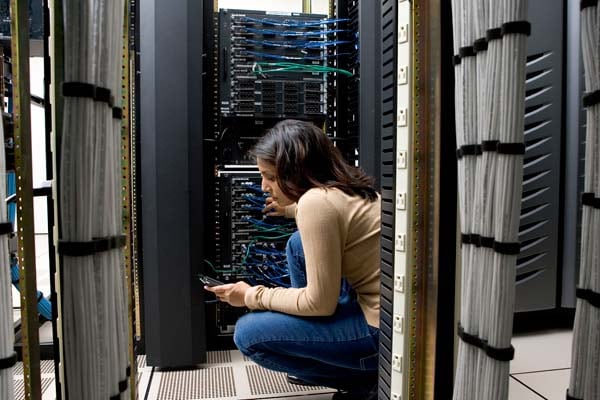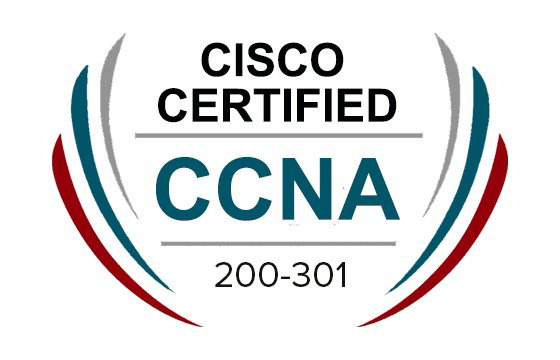All cameras are autofocus, which means they focus automatically. But it’s rare to really know how it works … Will you tell me it doesn’t matter as long as it works? Big mistake! The camera focuses automatically either, but for that it needs certain conditions to be met! And it is there that it is important to know more so as not to have any bad surprises. Because in the heat of the moment, it is already too late to ask questions, and especially to find the answers … There are several types of autofocus with different techniques.
:max_bytes(150000):strip_icc()/shutterstock_123844681-1000x751-4fe159238c9049bf9523c9f622e60852.jpg)
ACTIVE AUTOFOCUS
This type of AF works well on low contrast or poorly lit subjects. But the major drawback is based on the fact that if an object comes between the camera and the subject like a window, the camera will focus on the window, and no longer on the subject.
PASSIVE AUTOFOCUS
This system equips the vast majority of reflex and compact cameras, it is divided into 2 parts:
Autofocus to measure contrast
It obeys the principle that an image which is not clear has a lower contrast. The autofocus makes several attempts to obtain the most contrasted image possible which will thus be considered clear. This focusing method is slower because it fumbles. This technique is most often used on compacts.
Phase detection autofocus
This system appeared on SLRs in 1986 with the Minolta 7000 AF. It virtually cuts in 2 the rays of light coming from the lens. The analysis of the rays which come from this section makes it possible to determine at what distance is the photographed subject. Each of these technologies has these downsides, it is important to know them in order to use them in the best possible way.
IN PRACTICE
At the camera level, this autofocus will be configurable in several ways. To keep things simple, there will be autofocus mode for still subjects like the landscape, for example. The autofocus for moving subjects , and a predictive AF modefor moving subjects suitable for effective subject tracking. We can already see that there are different modes which implies making a choice and the right one.
At the level of the camera, the autofocus works by collimators which are scattered on the surface of the sight glass. A collimator is a point that will be materialized, most often by a square.
Compacts and bridges
Compact cameras are often set at the factory to focus in the center. For a relatively short time, compacts have been equipped with a face detection mode to focus on the face, which can eliminate the need to worry about where the camera will focus. on point. Practice.Auto-tracking mode to detect subject movement and follow it. On some compacts we can even have a manual autofocus mode , which gives complete control of the focus by indicating precisely where the focus is. With a possibility of fine adjustment.
The reflex
It is on this kind of camera that there is the greatest number of modes or more generally of subtlety for the autofocus! So there are generally the following autofocus modes:
Single AF
It focuses when you press the shutter button halfway, and will not move any more. This mode is particularly suitable for still subjects.
Continuous AF
It focuses by following the subject, allowing a subject to be kept in focus continuously regardless of its movements.
AUTOFOCUS COLLIMATORS
the camera autofocus is one thing, but how will it focus and especially on what? This is where the collimator or AF point comes into play.
A collimator is a sensor that will detect the subject , and will thus focus on the same subject. Each camera will have a different number of points. Depending on the range and what the manufacturer has decided.
For example, there are 51 AF points on the Nikon D300s , on the Nikon D3100there are 11 AF points. On the Canon EOS 7D we find 19 collimators, on the Canon 1100D we find 9 collimators, on the Sony Alpha 900 we find 9 and on a Pentax K-7 we have 11.
In addition to the main collimators, some devices have other assistance collimators which help the main ones. All these collimators will be distributed over a more or less large area of the viewfinder, most often materialized by squares.
Autofocus in a fully automatic mode will determine which subject to focus on. This mode is a mode to make your life easier, but it is rare that it gives complete satisfaction . For example, in the street if you have a house on the left side, a tree in the center and a passerby on the right side. How will the camera do to guess what we want to focus on?
He will “guess” by obeying the micro-program built into the camera, focusing on an element that will be more contrasted than another, for example. But if that does not suit us, it is the same … A program as “intelligent” as it may never be able to guess our wishes as a photographer! The device will focus on what it will judge to be the most discriminating element.
On SLRs, when the camera focuses, the collimator on which the focus can light up, this informs us where the focus will be made. We can modify the choice that the camera makes for us, but the ideal is to tell it from the start, where we want it to focus. It takes less time and it is ultimately more convenient. So it’s up to us to tell him what we want to focus on, and not the other way around! This is why we can manually choose the collimator on which the camera will focus.
To return to the example cited above, we will manually choose the AF point which is either on the house, on the tree or on the passer-by. It also makes it possible to “bypass” the time taken by the camera to determine the subject of our photo, and to establish its sharpness. The ergonomics of the camera will make it easy to change the AF point on the fly, when you have your eye placed on the optical viewfinder.
Modern cameras allow you to choose either a collimator or a group of collimators, to enlarge the area on which it will focus. You may need a single AF point because the subject occupies a small space in the photo. Or if the subject is larger, we may prefer that the focus be done on a larger area.
By knowing these details of how the camera works, we can understand why the camera we have, may not produce images that we are entitled to expect. It is important to understand how it works in order to give it the means to deliver what is expected of it. By indicating where the camera should focus, we will go for sure,
AND THE LENS IN ALL OF THIS?
So that the camera can focus on a specific element and follow it if the subject is mobile, the camera needs … light! And that’s the goal that gives it to him. So the more light the lens “captures”, the easier it will be to focus.
In general, if you shoot in low ambient light, you should focus on large aperture lenses.
For example 2.8 or better 2, 1.8, see 1.4! They are expensive lenses, and heavy for some of them. With entry-level optics, therefore zooms which at best at their longest focal lengths will be 5.6 or even 6.3, they will not allow the camera to have sufficient light to focus. fast and efficient point in difficult lighting conditions.
Even if we can push the sensitivity of the sensor, the light will always be lacking, and the device will still encounter difficulties. Some AF points are more effective if you use an optic that opens to 2.8 or better.
So the reactivity of the camera will be slowed down … It will hesitate, without finding the point, the lens will alternate from very blurry to something a little clear and continue its search. But without being able to stop. It is a sign that the light or that the contrast is lacking. Some cameras will project an infrared target in front of them so that the autofocus can catch it and thus better assess the distance between it and the subject. Same thing if you add a cobra flash to your reflex.
Many lenses are equipped with a high-performance autofocus motor such as USM at Canon, AFS at Nikon, HSM at Sigma, SDM at Pentax, and SAM at Sony, but to function well and give their full potential it is necessary to light, anyway!
A camera cannot work miracles, under some very difficult conditions … There is no shame in shifting the lens to manual focus and focusing on your own. In many cases, it is much more effective, and will avoid hassle!
For more information, please visit https://www.dzofilm.com/



